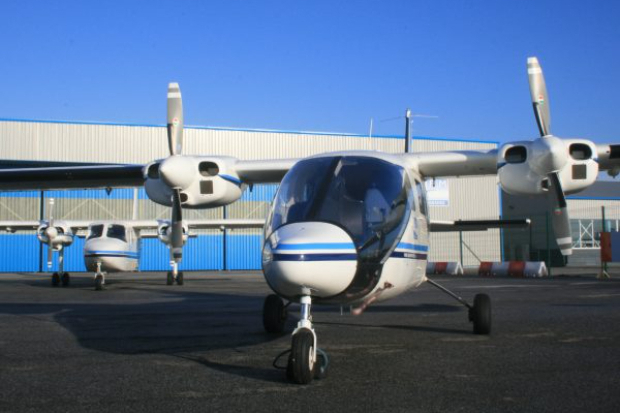APEM Group hosts marine mammal survey workshop
Marine mammals were the focus of a recent workshop for government regulators, wind farm developers, and wildlife bodies, hosted by APEM Group at our Manchester head office.
Representatives from JNCC, the Wildlife Trusts, Whale and Dolphin Conservation, ScottishPower Renewables, Vattenfall Wind Power Ltd, and Royal HaskoningDHV all attended.
APEM’s image analysts demonstrated how they search for signs of marine mammals in our ultra-high resolution digital images taken from aircraft flying at over 1,000 feet. The animals’ body shape, color, markings and location all offer vital clues to help the analysts determine their species.
Vicki James of Whale and Dolphin Conservation said:
It was fascinating to see how sharp the images are even from the altitude they are taken at. The expert eye of the analysts and the comprehensive quality assurance procedures give us a high degree of confidence in the survey data.
Our quality assurance procedures mean that all identifications of marine mammals in our images are checked by our in-house expert. As many as 100 per cent of the identifications are also checked by our external quality assurance partner, SMRU Consulting.
The workshop also developed an improved approach for using digital still imagery to estimate the numbers of harbour porpoises, a key species in UK waters.
Recent tagging studies in Danish waters led by Jonas Teilmann give a more accurate estimate for the amount of time that harbour porpoises spend at or close to the surface. It was agreed that this provided a more robust figure on which to base estimates of the numbers of harbour porpoises in the survey area.

The workshop also heard that the client requirements of the many different digital aerial surveys undertaken by APEM can vary widely. This makes the design of the survey a key consideration.
Another critical factor is the quality of the ultra-high resolution images that can now be captured on digital aerial surveys.
Developments in high-resolution digital cameras have allowed aircraft-mounted cameras to photograph huge areas more quickly, cost-effectively and safely than ever before, while providing data that can be independently verified.

Last year APEM’s in-house development team deployed a ground-breaking new camera system, Shearwater III. This next-generation system was developed to push image resolutions to as high as 0.5 cm per pixel ground resolution.
APEM’s head of remote sensing, Dr Stuart Clough, said:
We anticipate further camera developments that will provide even higher resolutions while at the same time photographing larger areas.
We expect this to both reduce costs and continue to improve the data we collect on marine mammals.
Organization of the workshop was led by Sean Sweeney of APEM’s ornithology and marine mammal team with further workshops planned for later this year.
ScottishPower Renewables chooses APEM Group for aerial bird an...

ScottishPower Renewables has appointed aerial survey specialists APEM Group to carry out ultra-high resolution bird and marine mammal surveys
Research confirms value of aerial bird surveys

We have contributed to new research that confirms the value of ultra-high resolution aerial surveys for counting seabirds and mapping their distribution.